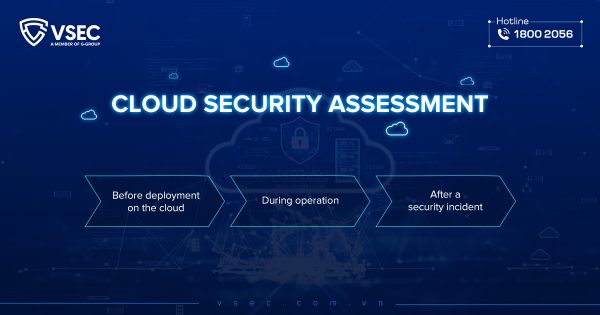
The reality is that in today’s world, all organizations are at risk of cyber attacks. The digital revolution is driving innovation in business, but it also brings new threats that organizations must face to. Exciting new technologies like virtualization, AI, and Cloud, etc. help organizations enhance the integration and reduce costs, but they also come with risks and the potential for exploitation. The more avenues for exploration, the more organizations must confront a greater number of cyber attacks.
However, for many businesses, the concept of cyber security remains quite vague and complex. Although it may be part of a strategic program, what does it truly mean? And what can organizations do to strengthen their defense systems and protect themselves from cyber threats? A common misconception is that cyber attacks only happen to certain types of organizations, such as well-known technology companies or financial institutions. However, the truth is that every organization has valuable assets at stake.
The losses from cyber attacks are significant. Tangible costs include stolen money, damaged systems, legal expenses, and financial compensation for affected parties. However, what can be even more damaging are the intangible costs—such as loss of competitive advantage due to stolen intellectual property, loss of trust from customers or business partners, loss of integrity because of breached digital assets, and overall damage to the organization’s reputation and brand—all of which can have a profound impact and, in extreme cases, even lead to a company ceasing operations.



